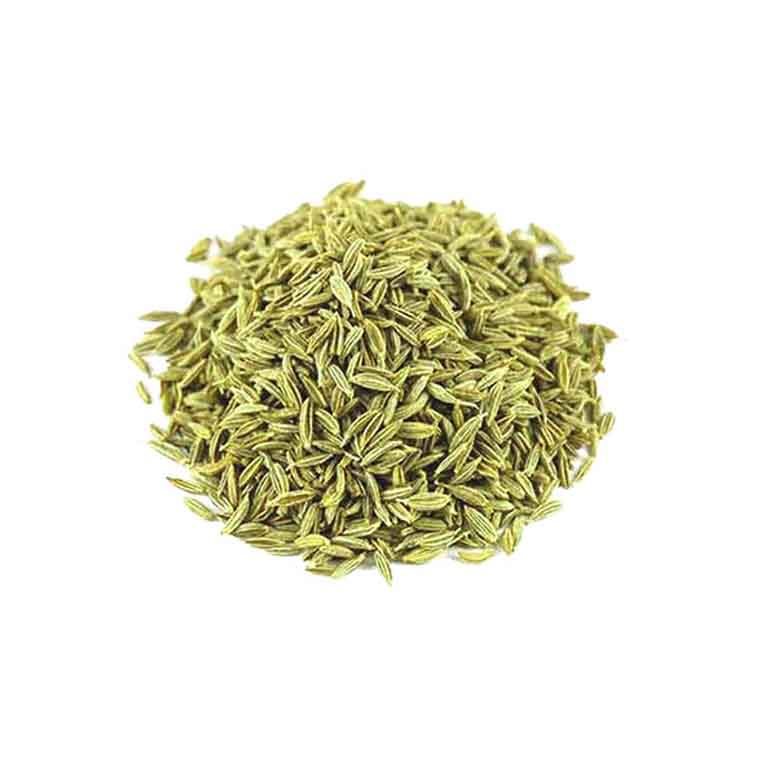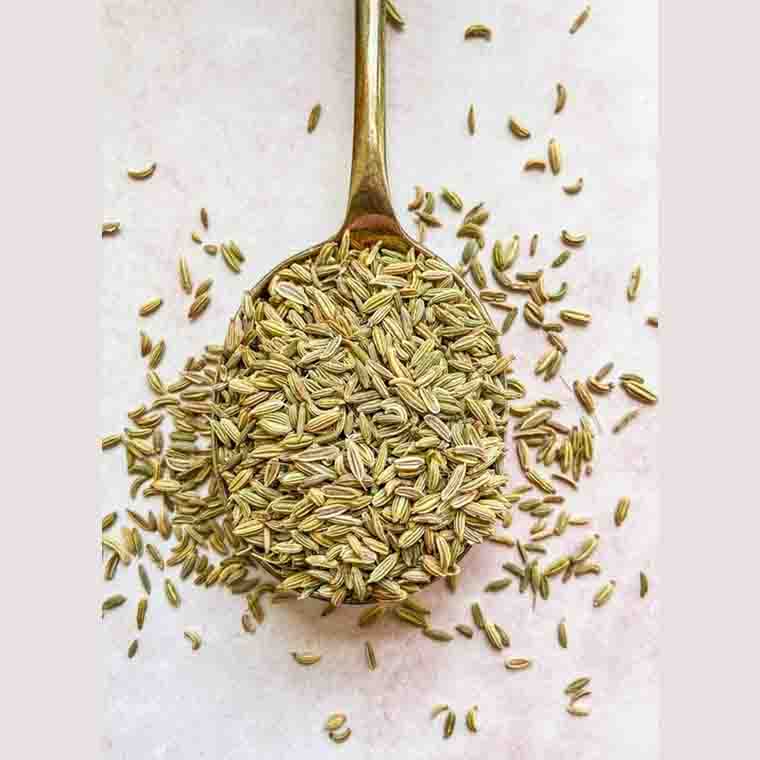History and Origins of Green Cumin
Green cumin (Cuminum cyminum) is an ancient and valuable spice that has been used across various cultures for centuries, both in cooking and traditional medicine. Known for its distinctive flavor and therapeutic properties, it has been a widely used spice from ancient times to the present day.
Historical Roots of Green Cumin
With a history spanning several millennia, green cumin has predominantly grown in the Middle East and South Asia. Historical evidence shows that green cumin was used in ancient Egypt, India, and Iran from very early times:
1. Ancient Egypt
In ancient Egypt, green cumin was recognized as one of the valuable spices. Archaeological artifacts and historical texts indicate that this spice was used in religious ceremonies and rituals as well as in traditional medicine. Green cumin has also been found in Egyptian tombs and mummies.
2. India
In ancient India, green cumin was a key component in cooking and Ayurvedic medicine. In Ayurvedic texts and traditional Indian recipes, green cumin is noted for its medicinal properties, especially for digestive issues and boosting the immune system.
3. Iran
In ancient Iran, green cumin was similarly valued as a popular spice in cooking and traditional treatments. It is described in detail in ancient Persian medical texts such as “Al-Burqan” and “Canon.”
Distribution and Cultivation of Green Cumin
Over time, the cultivation of green cumin has spread to various parts of the world. This plant is primarily grown in warm and dry regions, with major producers including India, Iran, Turkey, Syria, and Egypt. Cumin seeds are susceptible to frost damage; thus, seeds are treated with sulfuric acid and irrigation is carried out before frost to prevent damage. Currently, 300,000 tons of green cumin are produced globally, with 70% coming from India and China, and 90% of global production is consumed in India.
Chemical Composition of Green Cumin
Green cumin contains chemical compounds such as essential oils, tannins, and resins. The essential oil is extracted through steam distillation of crushed cumin seeds and initially appears colorless, gradually turning yellow and brown over time. The aroma of cumin is due to the presence of cumin aldehyde, which varies from 30% to 50% depending on the growing region.
Features and Uses
Green cumin is used in various ways due to its flavorful seeds and strong essential oil. Traditionally, cumin seeds are ground and sprinkled as a spice and flavoring agent in dishes, or they are toasted whole for a stronger flavor before use. In medieval Europe, cumin was considered a symbol of love, and people often carried it in their pockets to present at weddings.
Ultimately, green cumin, with its rich history and wide range of uses, remains a popular spice across many cultures and cuisines worldwide. It continues to be valued not only for its unique taste and aroma but also for its medicinal properties and long-standing history.



